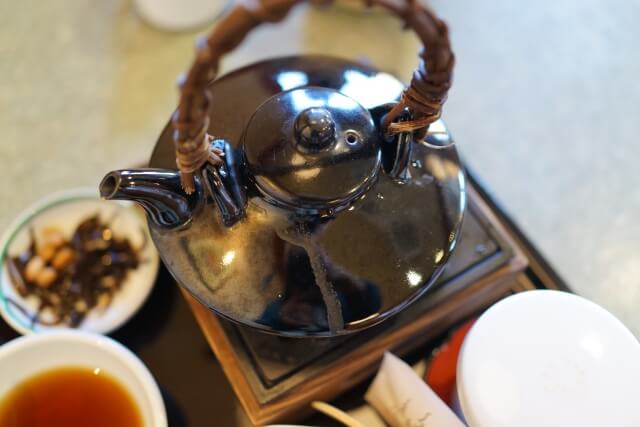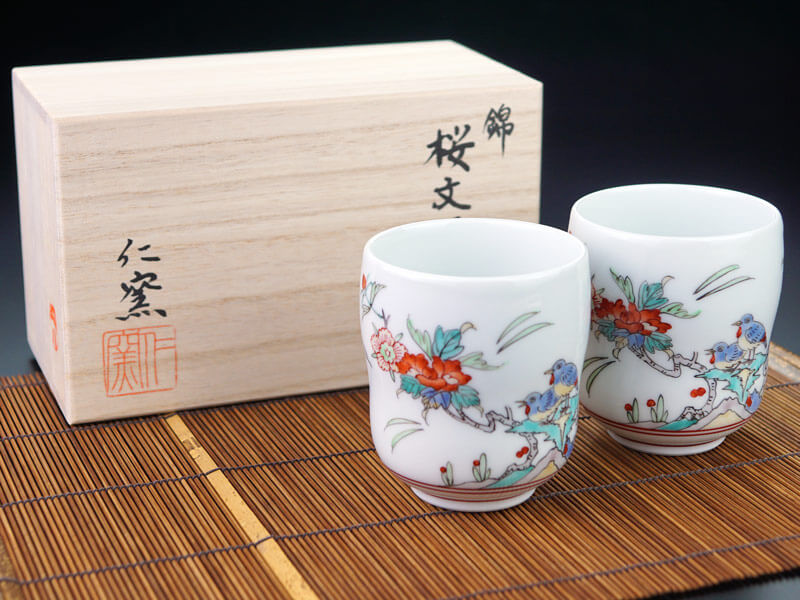Introducing the famous Tonbaibe Dori in Arita Town, Saga Prefecture

Arita Town, located in the western part of Saga Prefecture, is well-known as the birthplace of Arita-yaki, one of Japan's traditional crafts. Arita is blessed with abundant nature, attracting many tourists. In this area, there are several famous places where visitors can experience history and nature up close, and among them, "Tonbai Heki-dori" is particularly popular among tourists.
Index
Tonbai Wall Street
Tonbai Wall Street is known for its unique scenery not seen in other areas. The term "tonbai" itself might not be familiar, but it refers to fire-resistant bricks used in climbing kilns. In certain areas of Arita Town, the remains of broken fire-resistant bricks and pottery shards are reused, coated with red soil, and solidified into walls. Despite being constructed from discarded materials, these walls create a distinctive landscape with a unique flavor, reflecting the history of the pottery town of Arita.
Continuation of Edo Period Landscape
The construction of Tonbai walls in Arita Town is said to have begun in the Edo period. While some of these walls still exist in the back alleys of the town center, their numbers have decreased over time. In ancient times, there were Tonbai walls surrounding the premises of several Arita-yaki kilns along the river. It is believed that these walls helped protect the valuable techniques of each kiln. When visiting Arita Town in Saga Prefecture, observing Tonbai walls may evoke a sense of the town's historical charm. Beyond the red-coated tonbai fire-resistant bricks, you may also notice disused kiln tools buried in the walls. The presence of glazed bricks with a shiny surface adds an interesting touch.
Proximity to the Tourist Attraction of the Giant Ginkgo Tree
Tonbai Wall Street, also known as the "Back Street with Tonbai Walls," is located near the famous giant ginkgo tree of Izumiyama Benzaiten Shrine. This ginkgo tree, estimated to be around 1000 years old, stands 30.5 meters tall with a circumference of 12 meters, making it one of Japan's largest. Designated as a natural monument in the Taisho era, it has been a noteworthy attraction. Just a 10-minute walk from JR Arita Station, it's recommended to explore Tonbai Wall Street along with a visit to this iconic tree. The street, with tonbai walls, connects from the vicinity of the giant ginkgo tree to the area around the Arita Ceramic Art Museum. This museum houses precious Arita-yaki designated as an important cultural property of Saga Prefecture. Converted from a warehouse built in the Meiji era, the building exudes a retro charm, complementing the historical ambiance of Tonbai Wall Street.



